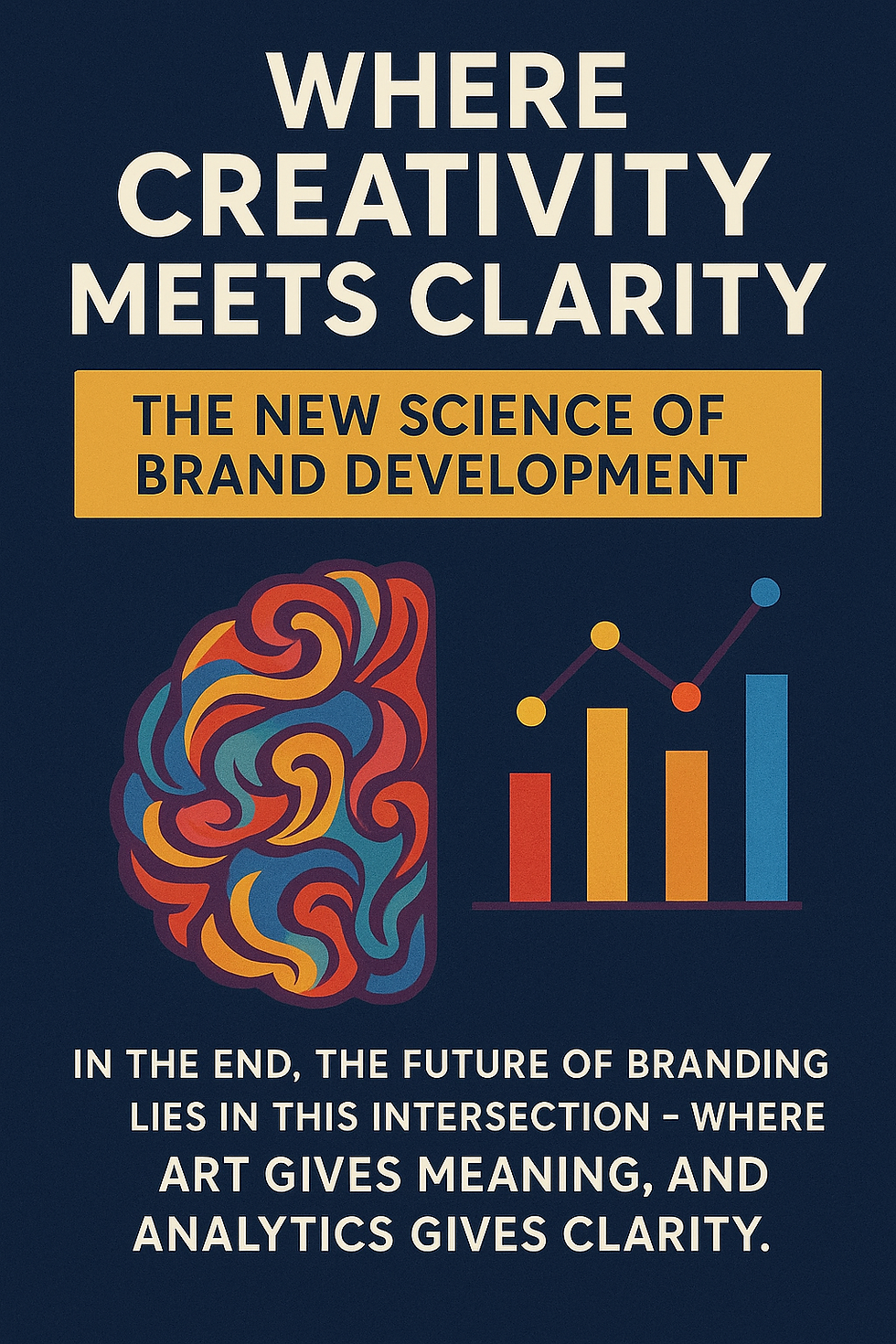🎨🔬 When Science Looks Like Art: Why Prof. Vijay Natarajan's Research Proves STEAM is the Future
- Uttam Sharma
- May 14
- 3 min read
Updated: May 15

🗓 A Scientific Breakthrough That Looks Like Art
In March 2016, Professor Vijay Natarajan, from Department of Computer Science at IISC Banglore (https://www.csa.iisc.ac.in/~vijayn/), made an exciting breakthrough. He discovered new ways to visualize symmetry—those beautiful patterns you often see in nature, like the shapes of snowflakes or the design of viruses. His research helped turn complex scientific data into stunning 3D images, making it easier for scientists to understand—and for all of us to appreciate the hidden beauty of science.
This discovery also proves why it's time to think beyond STEM and embrace STEAM: Science, Technology, Engineering, Arts, and Mathematics.
🎯 What is STEAM and Why Does It Matter?
You’ve probably heard of STEM education, but what about STEAM? Adding the Arts into science and technology encourages creativity, critical thinking, and communication—skills that are just as important as coding or calculating.
Prof. Natarajan’s work shows exactly how art and science can work together. By developing tools that help visualize data, his research helps scientists "see" things they couldn't before. And it looks like art!
🔬 Seeing the Science in Symmetry
Prof. Natarajan's research focused on identifying symmetrical patterns in complex data, like those found in the structure of the human adenovirus. Normally, this data is confusing and hard to interpret. But with feature-based visualization techniques, his team created stunning, interactive 3D models that made these patterns easy to understand.
For example, they revealed how viruses like adenovirus follow a precise icosahedral symmetry—a 3D geometric shape with 20 identical triangular faces. This makes the science visually beautiful and easier to study.
💡 Where Art and Algorithms Meet
Imagine combining your skills in math and coding with your love for drawing, design, or storytelling. That’s exactly what Prof. Natarajan’s team does. They use mathematical algorithms and engineering principles to turn complex numbers into visual masterpieces.
These visualizations are used in everything from medical research to climate modeling. This proves that if you enjoy art or design, you can still have a future in science and tech—especially in fields like data visualization, UX design, or AI and machine learning, where creativity is key.
🧠 How STEAM Prepares You for the Future
Today’s world runs on data. But making sense of that data—and telling meaningful stories with it—requires more than just technical skills. It requires imagination.
Jobs in artificial intelligence (AI) and machine learning (ML) are growing fast in India and worldwide. But companies are not just looking for programmers—they want people who can communicate ideas, solve problems creatively, and work across disciplines. That’s what STEAM education trains you to do.
🎭 What Can Students Learn from This?
Prof. Natarajan’s work teaches us a few big lessons:
Science isn’t just about formulas—it’s also about seeing and expressing ideas.
Math and design go hand-in-hand—visualizations help us understand complex math.
Creative thinking leads to better problem-solving—especially in tech.
STEAM is the future—whether you want to be an engineer, a designer, a coder, or a scientist.
So whether you're into biology, tech, animation, or even poetry—there’s space for you in the world of innovation.
🔗 References & Further Reading
Prof. Vijay Natarajan’s Research Highlights (IISc) –https://www.iisc.ac.in/wp-content/uploads/2016/03/VijayNatarajan_Final.pdf
Prof. Vijay Natarajan’s Faculty Page –https://www.csa.iisc.ac.in/~vijayn/
What is STEAM Education? (India STEM Foundation) –https://indiastemfoundation.org/blog/rise-stem-education/
AI Career Growth in India (TOI) –https://timesofindia.indiatimes.com/education/news/over-2-million-ai-jobs-set-to-bloom-says-report-how-upskilling-can-be-your-ladder-to-a-goldmine-career/articleshow/119342237.cms



Comments